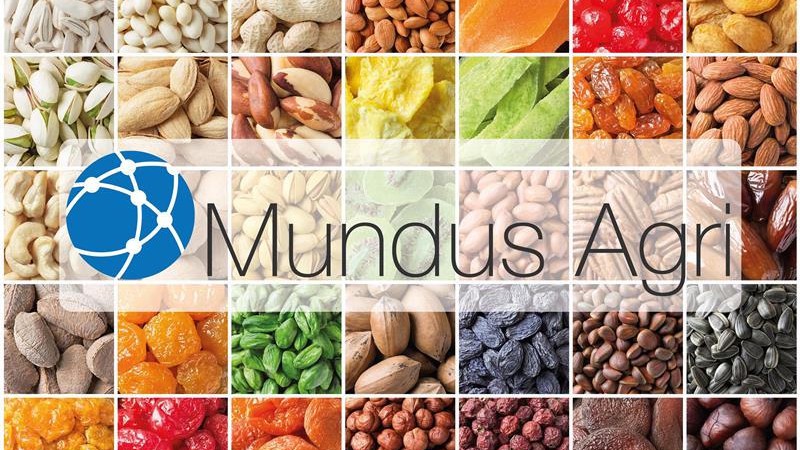Phase One Deal: Europe at a disadvantage
July 9, 2020 at 11:23 AM ,
Der AUDITOR

In signing the "phase one" trade agreement entitled "Economic and Trade Agreement Between the Government of the United States of America and the Government of the People's Republic of China on 15 January 2020 both parties diffused the transatlatic trade conflict on a temporary basis. In addition to customs regulations, trade obligations were also formulated which oblige China to accept US goods and services. Both states also agreed to eliminate intended customs duties on goods provided by the other. The agreement serves to strengthen mutual trust and friendly cooperation between China and the USA with the objective of ending the trade conflict.
With 2017 functioning as a baseline amount, China has agreed to purchase additional US products worth USD 200 billion over the next two years ("managed trade"). This not only includes industrial goods, energy and services, but also agricultural products. At the same time, the intellectual property and trade secrets of US companies are to be better protected and the forced technology transfer is to be ended in China. In return, the US waived tariff increases on Chinese products worth around USD 160 billion initially intended for December 2019. Consequently, nealry all Chinese shipments into the US would have been burdened with additional duties. Already existing customs duties on imports from China were cut from 15% to 7.5% as of 14 February 2020. Nevertheless, it should be noted that around 70% of all imports from China (import volume of USD 370 billion) remain subject to additional duties.
Managed trade
In accordance with Art. 6.2 of the agreement, China shall ensure that manufactured goods, agricultural goods, energy products and services produced in the US are purchased and imported into China over a two-year period starting on 1 January 2020 through to 31 December 2021. The products shall be sold at market prices based on commercial considerations. Thereby the date of purchase is to determine these conditions, especially with regards to agricultural products.
Official Chinese and US trade data are to be used to verify this commitment. In case of discrepancies, Art. 6.2 No. 6 of the Agreement commits the contracting parties to so-called consultations, i.e. an arbitration mechanism. In how far this presents a loophole for withdrawal from the deal, as the BDI, which represents the German industry, suspects, remains to be seen.
A criticial point, however, is how China intends to fulfil these obligations. Unlike in the energy or aviation sector, where there is a high level of government influence in China, the purchasing list in the agricultural sector can only be primarily achieved through subsidies for US imports. This is a factor that must be taken into account by European players, as it distorts the market. China's purchasing commitments are also conceptually at odds with the WTO's principle of free and rule-based trade and are conducted at the expense of third-party countries, including the EU.
Agricultural products (soy)
The aim of the regulations stipulated in chapter 3 on trade in food and agricultural products is to strengthen the mutual trust of both countries in agricultural trade and to eliminate long-standing concerns. Here. it is particularly noteworthy that agriculture is to be developed into a strong pillar of bilateral relations. This shows the strong impact that US punitive tariffs have had on US agriculture. The US agricultural sector is one of the hardest hit by the trade conflict that has evolved over two years, as China is the most important buyer for US soybean farmers. Soybeans are the largest agricultural export product in the US in terms of value.
China is committed to increasing agricultural imports from the US by a total of USD 32 billion over the next two years (year 1 by USD 12.5 billion, year 2 by USD 19.5 billion). These are sales-related and not volume-related purchase obligations.
The goods covered by the purchase obligation are specified by HS code in the Attachment to Annex 6.1. In the soybean sector, China undertakes to purchase the following products:
| HS Code | Product Description |
| 1201 | Soybeans, whether or not broken |
| 1507 | Soybean oil and its fractions, whether or not refined, but not chemically modified |
| 2304 | Soybean oilcake and other solid residues resulting from the extraction of soy bean oil, whether or not ground or in the form of pellets |
The USDA (United States Department of Agriculture) has been investigating the impact of the agreement on US agriculture ever since the agreement was signed. Secretary of Agriculture Sonny Perdue describes the deal as a gold mine for US agriculture in statting that the "Deal is a Bonanza for American Agriculture". In view of the agreement, China's soybean imports reached around 8.3 million tonnes in November 2019, an increase of 53.7% over November 2018, as customs data shows.
In June, the USDA announced that US exporters reported sales of 720,000 tonnes of soybeans to China. The USDA confirmed the sales after reporting that weekly export sales of soybeans from the US were the largest in at least 16 months. According to Reuters China has stepped up US soybean purchases because supplies from Brazil, China's main soybean supplier, are becoming more limited. Brazil's strengthening currency has, in addition, driven up prices since February. US soybean exports, however, remain far below the levels seen before the trade war between the US and China.
Outlook
Officials from China and the US said that they will start negotiations on the second phase of the trade agreement. At the same time, however, US President Donald Trump signed the National Defense Authorization Act, which provides for comprehensive measures against China. These include sanctions against Chinese companies and China's "Belt and Road Initiative", which serves to establish and expand intercontinental trade and infrastructure networks between China and other countries in Africa, Asia and Europe. In how far this will have an impact soy market, despite China's obligation to purchase the products outlined in the "Phase One Trade Agreement". However, it is to be expected that China will continue to use means of pressure against US agriculture in the future.
Prof. Dr. iur. Darius O. Schindler is professor of commercial and business law and legal advisor at the Duale Hochschule Baden-Württemberg (DHBW) in Karlsruhe. From 2003 to 2019 he worked as an independent lawyer and specialist lawyer for commercial and corporate law. Today, he heads the Centre for International Trade and Export Law (C|iT|EX).





